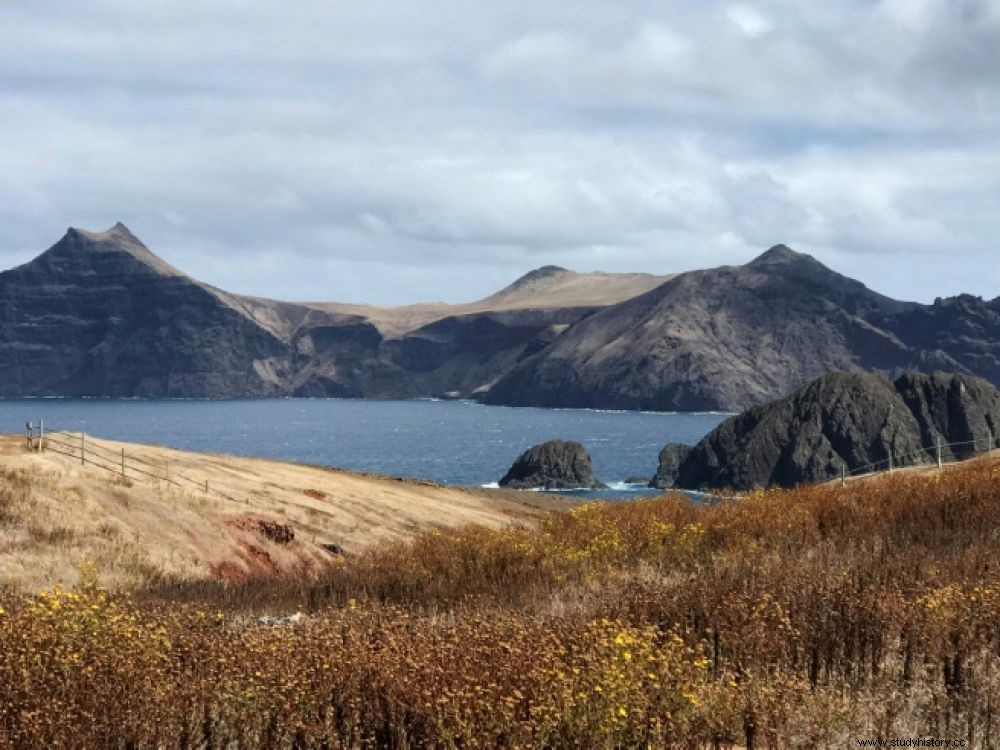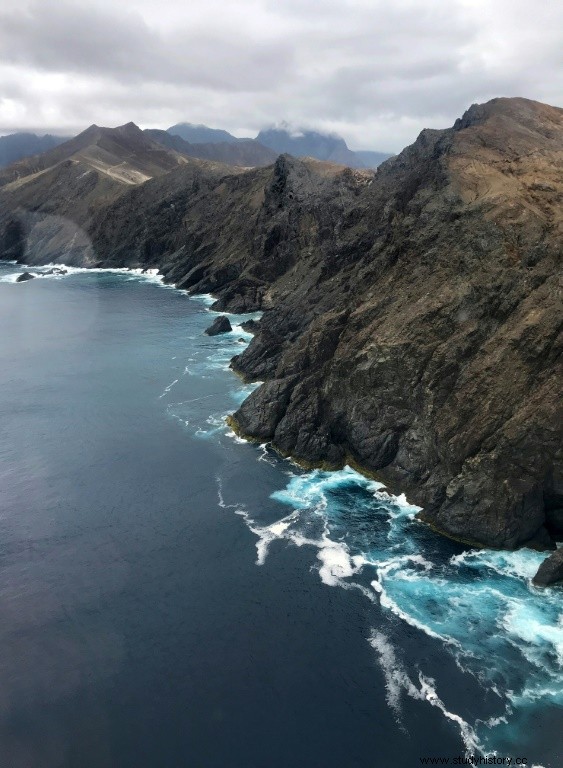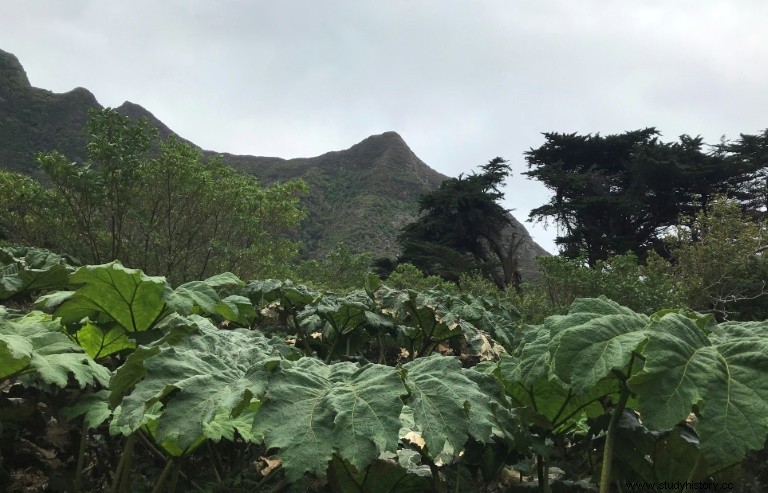An American treasure seeker, who has been probing the archives of Robinson Crusoe Island in the Juan Fernandez archipelago for more than 20 years, has just obtained authorization to search a specific area using a device mechanical. A decision that is causing debate in this protected sector.

Robinson Crusoe Island, here on January 30, 2019. Along with Alexander Selkirk Island, it is part of the Juan Fernandez archipelago, located 700 km from the Chilean coast.
The treasure hunt, for the real treasure, is open. On Tuesday September 24, 2019, the Chilean authorities issued their authorization for drilling intended to locate a treasure that would have been hidden by pirates in the 18th century on the island of Robinson Crusoe, in the Pacific Ocean. A decision that is controversial in the region, the area being protected.
Robinson Crusoe Island is part, with Alexander Selkirk Island, of the Juan Fernandez archipelago, located 700 km from the Chilean coast. It has been classified as a National Park since 1935 and a World Biosphere Reserve since 1977 by UNESCO. But the National Forestry Corporation (Conaf) authorized for the first time the use of drilling machines in this protected area, at the request of an American entrepreneur and researcher, Bernard Keiser. The latter, aged 69, has been looking for more than twenty years for a treasure supposed to contain several tons of gold and jewels, which would have been buried on the island by pirates in 1714.

Aerial view of the island of Robinson Crusoe, taken on January 29, 2019 © AFP/Archives/Ana FERNANDEZ.
Years of digging with a shovel
Until then, Bernard Keiser had only been authorized to use human force to carry out his research. He can now use a machine to dig on a "terrain of 20x20 meters (400 m2) which has been duly studied and approved by the competent bodies" , Conaf said in a statement. But for the National Parks Board, this authorization "violates" the prohibition in force in this type of parks to remove or extract humus, peat, sand, gravel, rocks or soil layers from the ground, in addition to violating other provisions.
A successful entrepreneur working for NASA, Bernard Keizer began his research in 1998, using original documents from the beginning of the 18th century inherited from the former inhabitants of the island, which he then confronted with the historical archives of Spain and Grande -Brittany. After two decades of research, financed by his personal fortune, he discovered a few objects, such as silver buttons, shards of Chinese porcelain, feeding his theory that European sailors used this isolated territory as a refuge and hiding place on the South Pacific routes.
His research is concentrated in the area of "Port des Anglais", in the west of the island which has become famous thanks to literature:a Scottish sailor abandoned there at the beginning of the 18th century, Alexander Selkirk, spent four years there alone and inspired to Daniel Defoe (1660-1731) his famous novel "Robinson Crusoe".

The island of Robin Crusoe, off the coast of Chile, January 30, 2019 (AFP/Archives/Ana FERNANDEZ).
